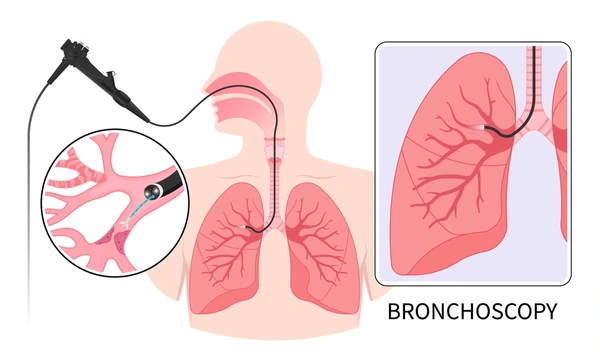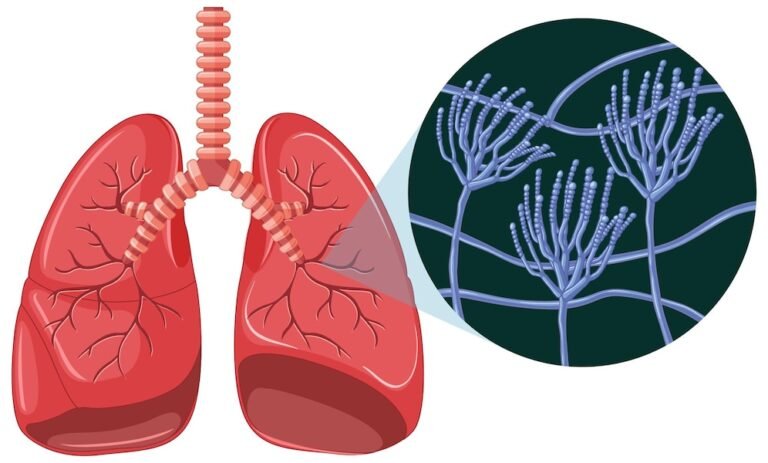Bronchoscopy: The Inner Workings of the Respiratory System.
bronchoscopy, a sophisticated medical imaging technique, has revolutionized the field of respiratory medicine by providing a real-time, high-definition view of the airways. This minimally invasive procedure involves the insertion of a thin, flexible tube with a camera, called a bronchoscope, into the respiratory tract. In this article, we will explore the significance of bronchoscopy, its applications, the procedure itself, and the pivotal role it plays in diagnosing and treating respiratory conditions.
To Know More About It Please Click Here
Understanding bronchoscopy
- The Bronchoscope
- A bronchoscope is a slender, flexible tube equipped with a light source and a high-resolution camera. It allows healthcare professionals to visualize the trachea and bronchi, capturing detailed images of the respiratory system.
- Real-time Imaging
- Videobronchoscopy provides real-time, dynamic images of the airways. This enables physicians to examine the structure of the respiratory tract, assess for abnormalities, and guide various interventions.
Applications of Video bronchoscopy
- Diagnostic Tool
- Videobronchoscopy is an invaluable diagnostic tool for investigating a range of respiratory conditions, including chronic cough, unexplained chest pain, hemoptysis (coughing up blood), and unexplained lung infections.
- Cancer Detection
- The procedure is commonly used to detect and biopsy suspicious lesions or tumors within the airways. Videobronchoscopy aids in the early diagnosis of lung cancer, allowing for prompt intervention.
- Infection Evaluation
- In cases of recurrent or severe respiratory infections, videobronchoscopy helps identify the source of infection and guides the selection of appropriate treatments.
- Assessment of Airway Abnormalities
- Videobronchoscopy is instrumental in evaluating structural abnormalities in the airways, such as strictures, stenosis, or foreign body aspiration.
The bronchoscopy Procedure
- Preparation
- Patients undergoing videobronchoscopy are typically given a local anesthetic to numb the throat, and in some cases, mild sedation may be administered for comfort.
- Insertion of the Bronchoscope
- The bronchoscope is carefully inserted through the nose or mouth and guided down the respiratory tract. The camera at the tip of the bronchoscope captures images that are transmitted to a monitor for real-time viewing.
- Visual Examination
- The physician systematically examines the trachea and bronchi, assessing for abnormalities, collecting samples for biopsy, and determining the extent of any pathologies.
- Biopsy or Intervention
- If suspicious lesions or tumors are identified, the bronchoscope can be used to collect tissue samples (biopsy) for further analysis. Additionally, certain interventions, such as removing foreign bodies or placing stents, can be performed during videobronchoscopy.
- Post-procedure Care
- After the procedure, patients are monitored for a brief period to ensure there are no complications. Most individuals can resume normal activities shortly after videobronchoscopy.
Advantages of bronchoscopy
- Minimally Invasive
- Videobronchoscopy is a minimally invasive procedure compared to traditional open surgery. It eliminates the need for large incisions and significantly reduces recovery times.
- Real-time Guidance
- The real-time visual feedback provided by videobronchoscopy allows for precise navigation within the airways, enhancing diagnostic accuracy and the success of interventions.
- Outpatient Procedure
- In many cases, videobronchoscopy is performed on an outpatient basis, minimizing the need for hospitalization and facilitating quicker recovery.
To Know More About It Please Click Here
Conclusion
bronchoscopy stands as a cornerstone in the realm of respiratory medicine, offering a non-invasive yet powerful means of exploring the intricacies of the airways. From diagnosing respiratory conditions to guiding interventions, this advanced imaging technique has proven instrumental in enhancing patient care and outcomes. As technology continues to advance, bronchoscopy remains at the forefront of innovation, contributing to the continual evolution of respiratory medicine and ensuring a clearer, more detailed understanding of the respiratory system.








